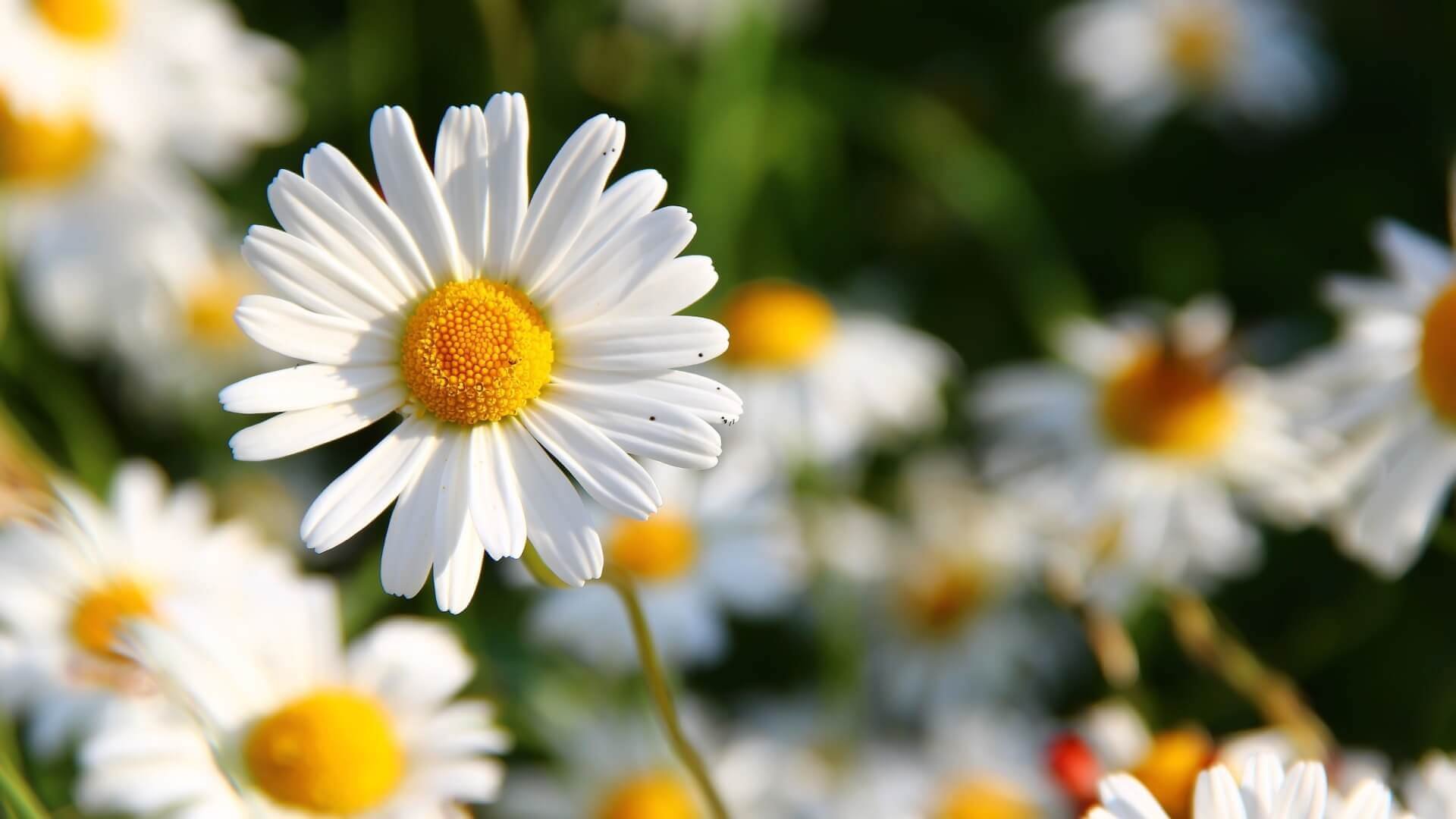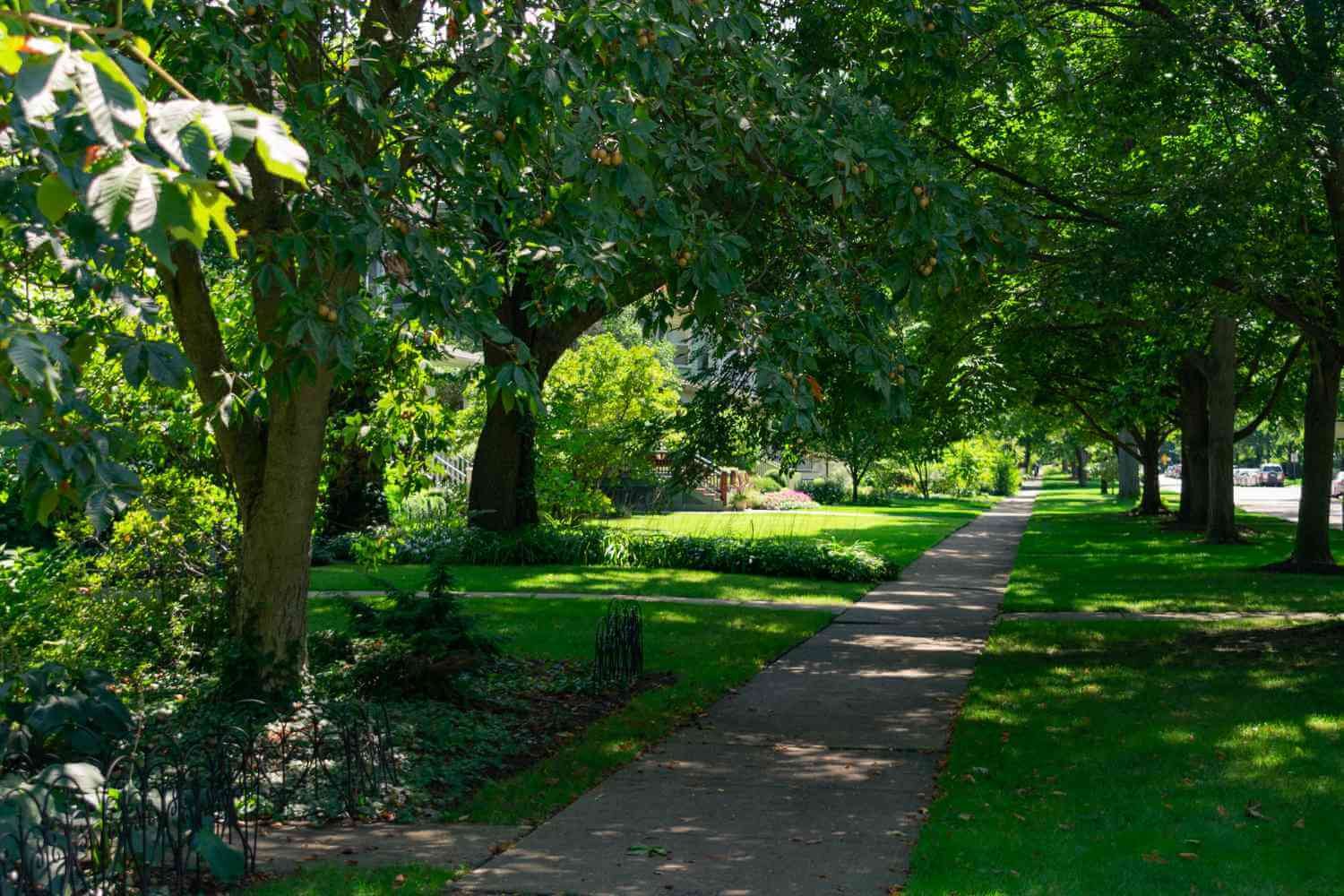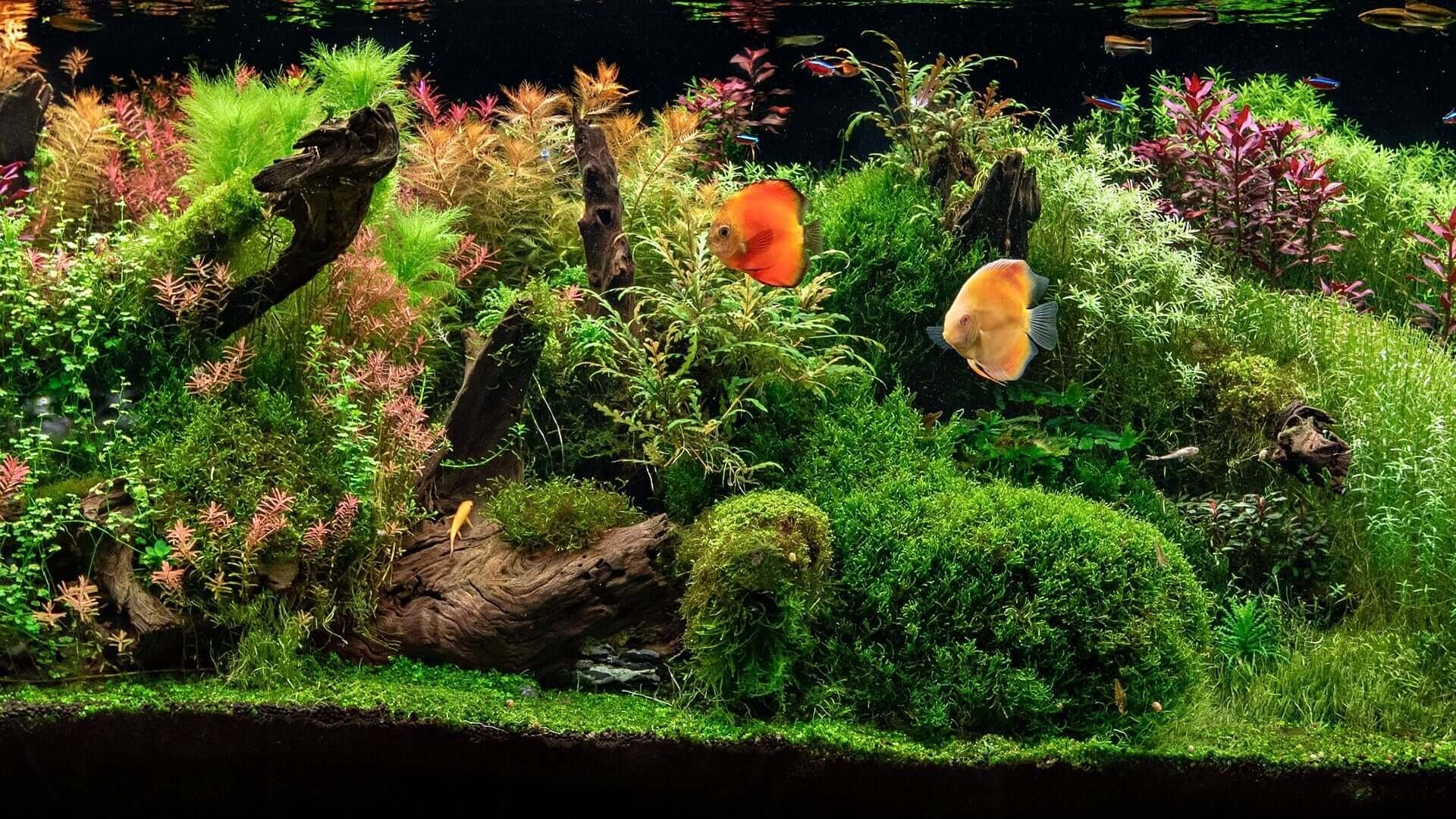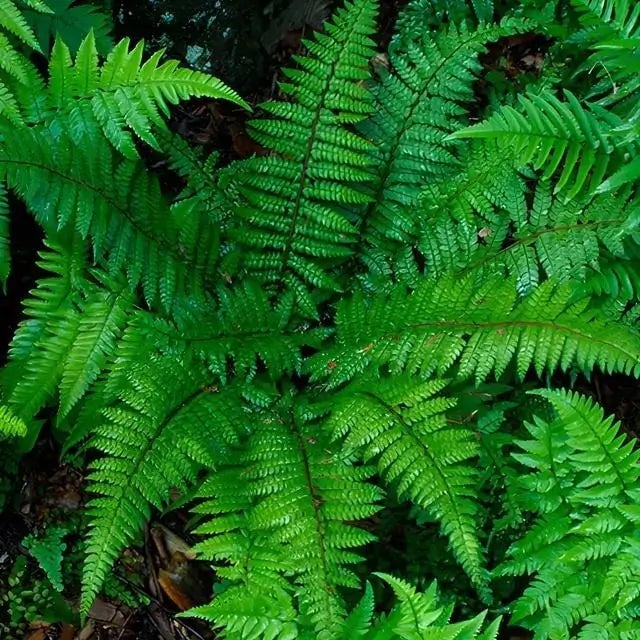What is Driftwood? This is any kind of wood debris caught in rotating ocean currents and deposited on the shorelines or beaches of the world. They may be found on the banks of rivers, lakes, beaches, or by the seaside. Nothing is wasted by nature, and although old dried-up wood may be unsightly for some humans, animal life benefits from it as a habitat for birds, such as seagulls; beavers utilize it in the making of dams, and it is also a quiet retreat for fish escaping the predators of the sea.
Major Sources of Seaborne Wood
There are various sources from which wood coming out of the sea is derived. Some are a result of trees uprooted during a flood, during violent windstorms, as in tornadoes, tsunamis, or cyclones. They may arise from the flotsam and jetsam of shipwrecked ocean-going vessels. Flotsam refers to the remains of wooden crafts such as ships and boats, and jetsam to the wooden kegs and cargoes lost from ships at sea.
Uses of Driftwood
Man, in cooperating with nature, rather than being offended and overcome by the various deposits of old wood, has discovered several ways to put it to good use. As a result, it has been used in various art forms, such as sculpture, home and garden decor, furniture making, and enhancing the scenery of fish tanks and large aquariums.
Materials soaked in water containing large amounts of chlorine releases PCDDS when burnt. Wood cast ashore is water-logged from seawater and absorbed great quantities of chlorine, therefore, it is not safe to be burnt due to the carcinogens emitted into the air, which may affect persons coming into close contact with the fumes.
The most popular use of this type of wood is to provide ambiance for fish tanks and aquariums. You can acquire this either by beach combing or find a nursery with it for sale. To get the full effect of your Aquarium, the wood should be treated prior to use. Being in the sea for an undisclosed time and then lying around for even longer periods, wood is exposed to diverse elements and contaminants.
It is important that your marine life does not come in contact with the wood until thoroughly cleaned and has lost most of the tannic acid, which will cause a dark brown discoloration of the water in your fish tank. Cleaning is simple and entails either boiling the wood in water to remove the contaminants and render it safe or soaking it in a mixture of bleach and water to achieve the same purpose. In either case, thorough rinsing of the wood is required after treatment before placing it in your Aquarium.

Best wood for your Aquarium
A hard variety of it is best as it sinks easily and remains unaided at the bottom of the tank. It can be found in most plant nurseries for sale. They include the standard type found on most beaches and waterways in the US and come in different sizes and shapes, which you can trim or carve to suit your purpose. They are usually hard and sink easily to the bottom. To this can be affixed ferns or other colorful aquarium plant decorations to create your own special effect.
Other exotic types of aquarium driftwood include African or Savannah roots, Malaysian roots, and African wood. These are all hardwoods that sink easily. You will not need to soak them until they are water-logged. This ensures quick application into your tank and efficient set up of your plants and other decor. If the wood of your choice tends to float when placed in the tank, you can anchor it to a rock using a transparent fish line, which will not detract from the ambiance of your Aquarium and will provide the effect you desire.

How to Source Your Own Driftwood for Landscaping and Gardening
Finding driftwood for landscaping and gardening projects provides a satisfying experience while delivering natural beauty and distinctive weathered elegance to your outdoor area. When approached responsibly, using driftwood for garden edging and decorative accents creates an enjoyable and sustainable project. This guide thoroughly explains how to locate driftwood and prepare it for landscape and garden projects.
First, identify locations where driftwood naturally accumulates. Pieces of wood shaped and smoothed by water and sand often accumulate along coastal beaches and the banks of rivers and lakes. Explore your local bodies of water to discover the prime locations for driftwood accumulation. Driftwood accumulation patterns depend on wind and current conditions, so searching numerous shore areas will enhance your chances of finding interesting driftwood variations. Explore these areas during different times, particularly after storms, because freshly deposited wood is more likely to appear on beaches and riverbanks.
Understand the specific laws and regulations before starting your driftwood collection. State and local authorities regulate many bodies of water and beaches and may impose restrictions or bans on removing natural elements such as driftwood. Taking anything from areas designated as protected zones or wildlife refuges is typically against the law. Before collecting natural materials, verify compliance with local rules by contacting park authorities and environmental agencies. Following responsible foraging practices safeguards natural environments and maintains compliance with local laws while promoting sustainable harvesting activities.
When collection permission has been obtained, organize transportation arrangements for your collected items. The size and shape of driftwood pieces vary widely, which makes it necessary to use a vehicle or trailer that can accommodate large items. Bring sturdy gloves to protect your hands from rough or sharp edges, and carry a small hand saw to trim pieces for easier transportation. Wear waterproof boots to collect driftwood in muddy or wet environments to ensure comfort and safety.
Once you bring driftwood to your home, you should clean and prepare each piece before incorporating it into your landscaping or garden project. Wash the wood thoroughly using a hose to eliminate sand, salt, and other residue. If your driftwood comes from a saltwater beach, soaking it in fresh water for several days helps remove excess salt, which protects your plants from damage. The salt extraction process becomes more effective when the soaking water is replaced daily.
Next, let the driftwood dry completely. The time needed to dry each piece of driftwood varies between a few days and several weeks, depending on the piece's thickness and the conditions of your local climate. Putting the wood in a location that receives sun exposure or into a shed with good airflow will speed up the drying process. After drying, you can sand away rough edges for a smoother finish or preserve the natural shapes that give driftwood its traditional look. To enhance durability, select a wood sealant or use an outdoor-safe varnish.
When you follow these procedures and practice proper collection methods, you can obtain stunning driftwood, which will be perfect for your gardening and landscaping projects. Collecting and preparing driftwood correctly becomes a unique feature in your outdoor area that brings lasting coastal or riverside appeal.
Read more

The Daisy (Bellis Perennis) features old-fashioned blossoms with white flowers and yellow button centers. It stands tall, between two and three feet, and one to two feet wide. This plant is known a...

Before the proliferation of urban jungles, the majority of the Earth's land area was primarily covered in trees. With the rise of rapid deforestation to pave the way for developmental projects such...



